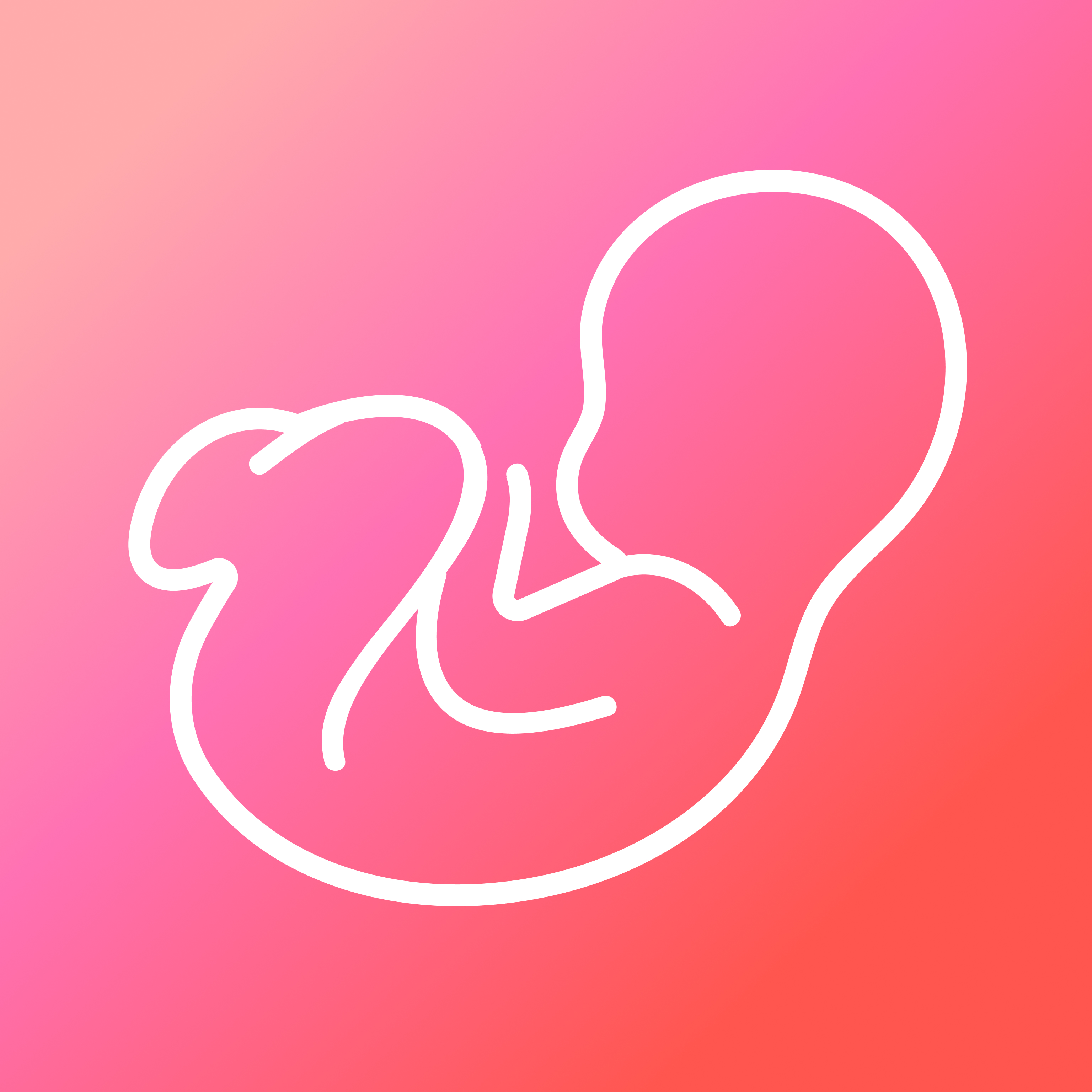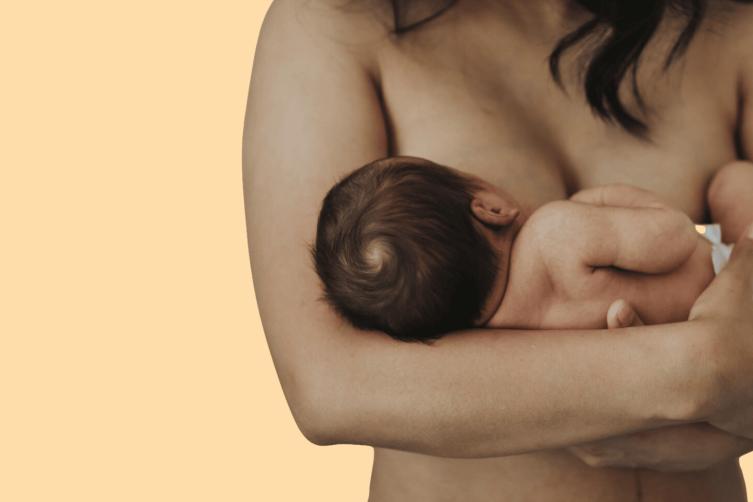Common Perineal Issues Postpartum or After Trauma
The journey into motherhood brings immense joy but can also come with perineal pain that affects your postpartum experience. While it's common, understanding the causes and seeking proper care can help you navigate this phase more comfortably.
The Perineum: A New Focus
The perineum, the skin area between the vagina and anus, takes center stage after childbirth. Although it's an area you may not have paid much attention to before, it now demands your consideration due to the discomfort you may experience.
Common Causes of Perineal Pain After Birth
Childbirth can lead to perineal pain due to various factors:
Potential Complications of Perineal Pain
Perineal pain can lead to various complications:
Prioritizing Care and Comfort
Remember, you're not alone in facing perineal discomfort after childbirth. Seek medical attention when necessary, practice pelvic floor exercises, maintain proper hygiene, and offer yourself the time and care you deserve.
With proper support and self-compassion, you can ease perineal pain and embark on the journey of motherhood with greater comfort and confidence. 🌿




Answer
2
Answer
1